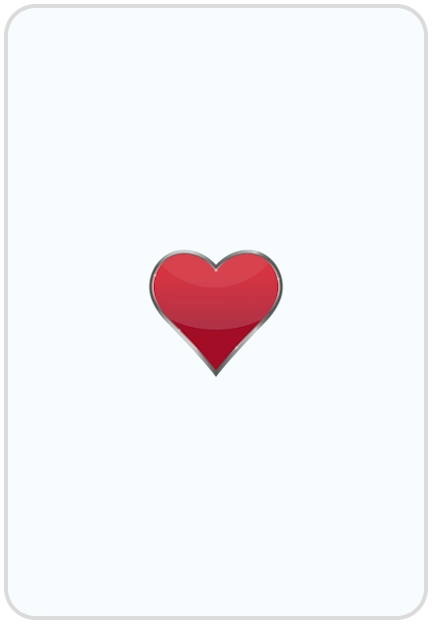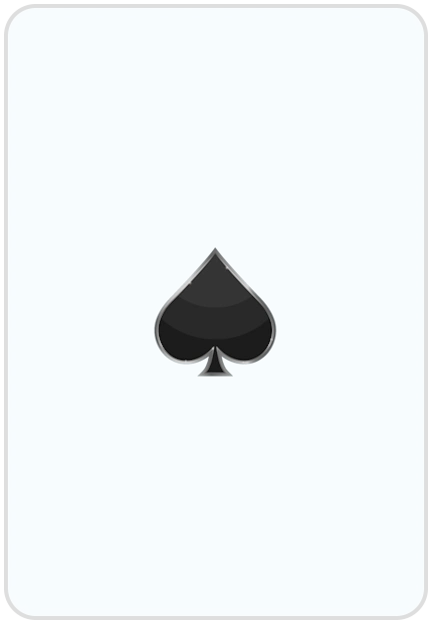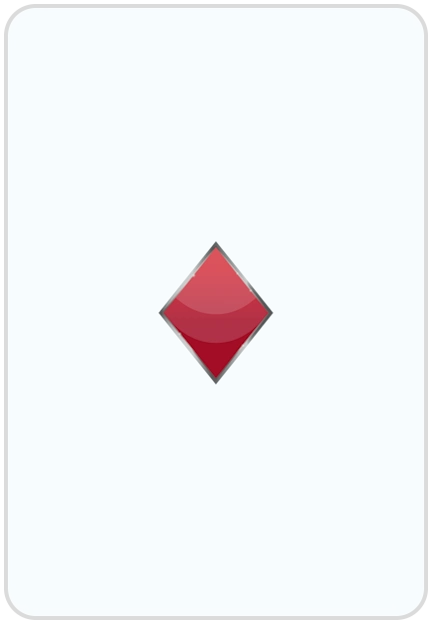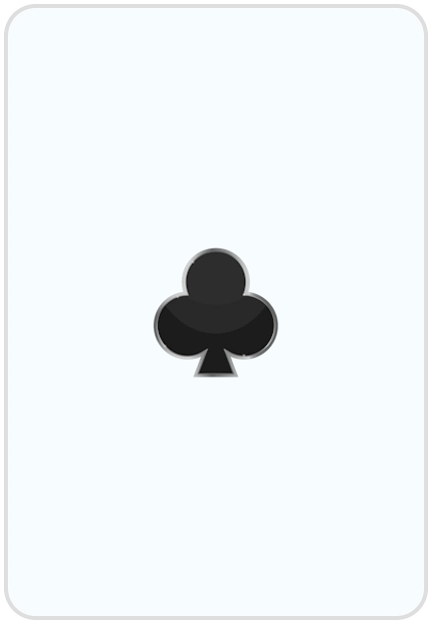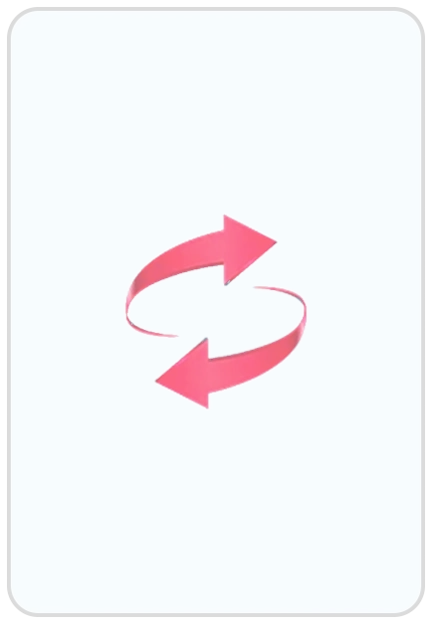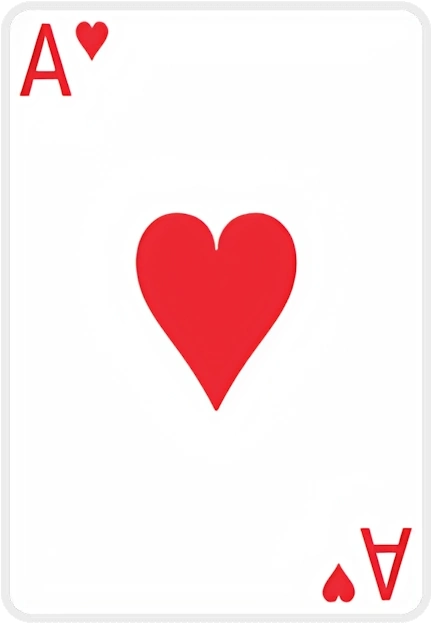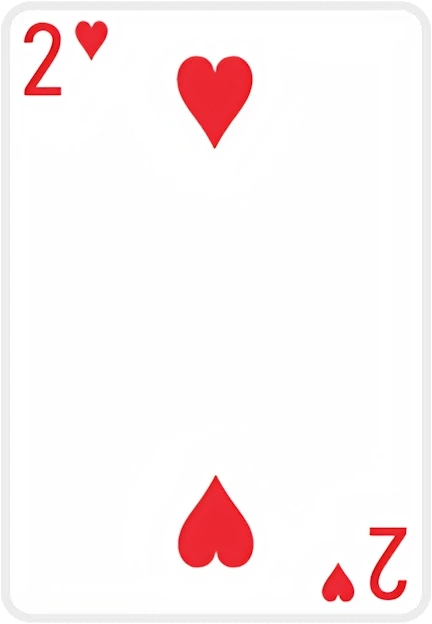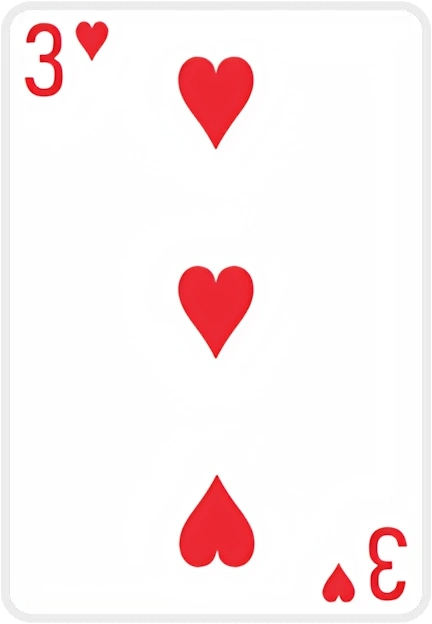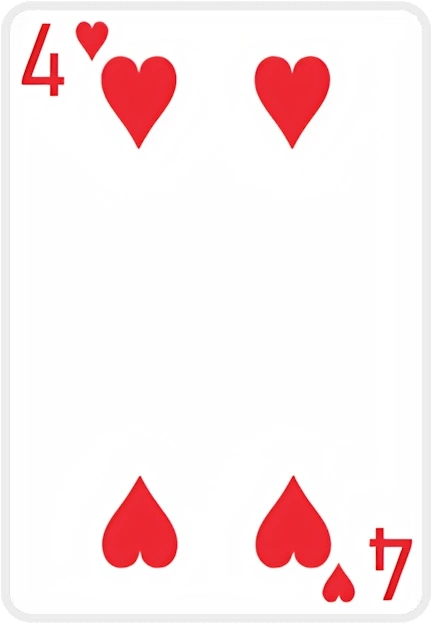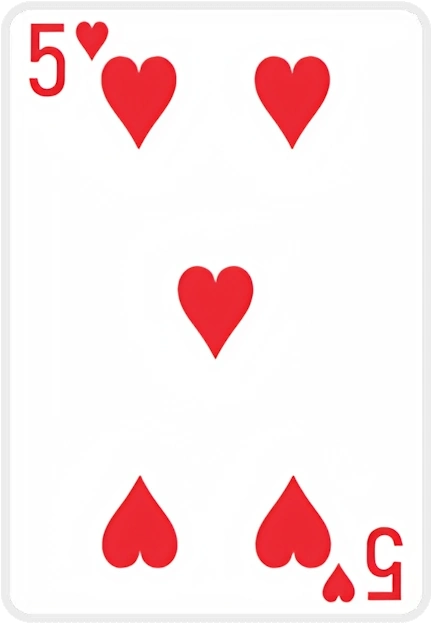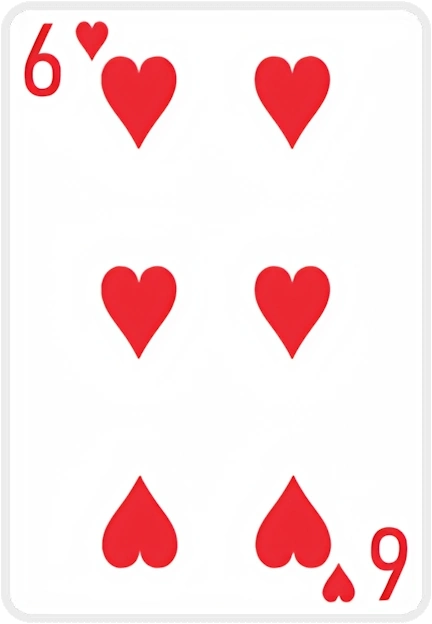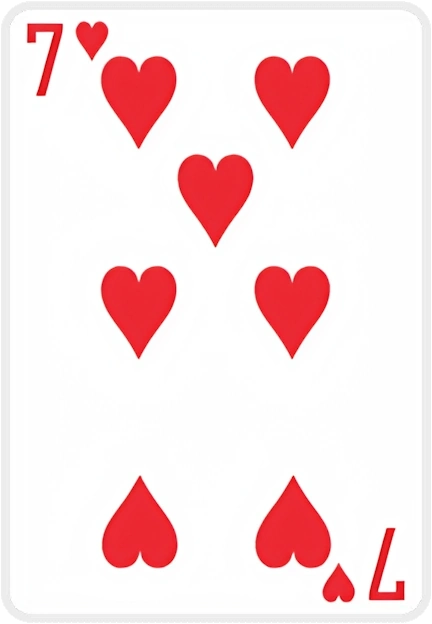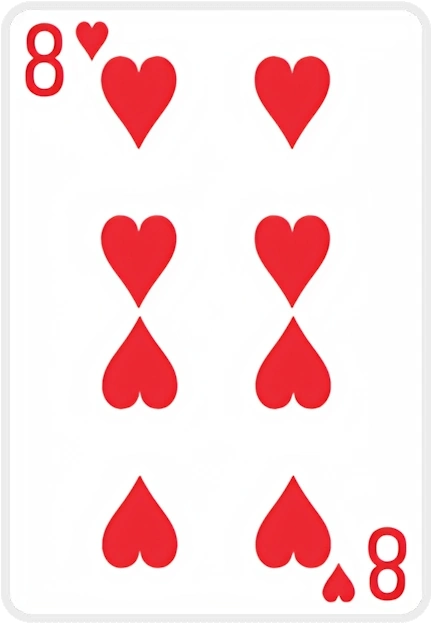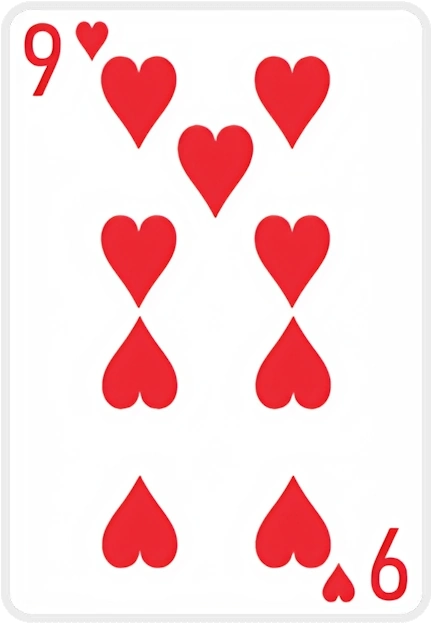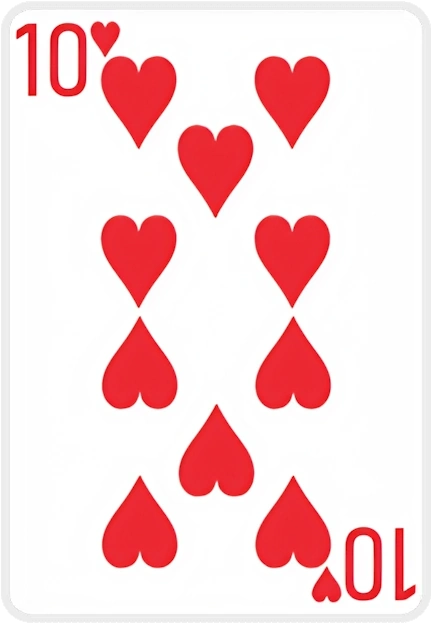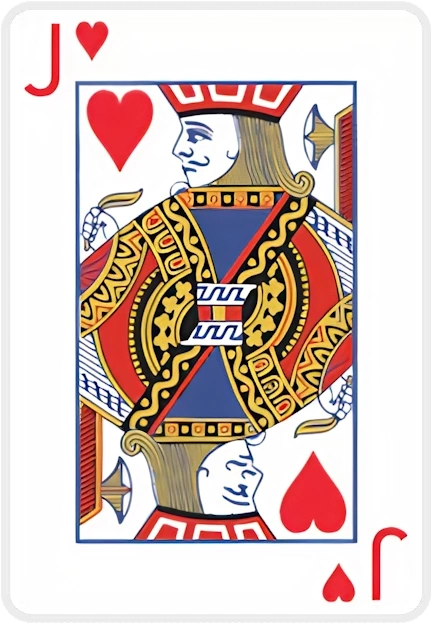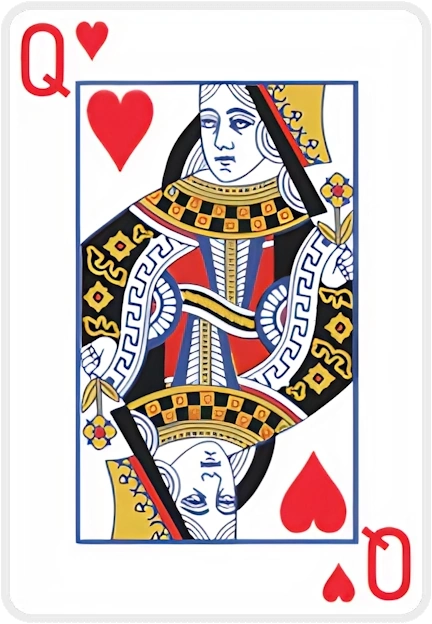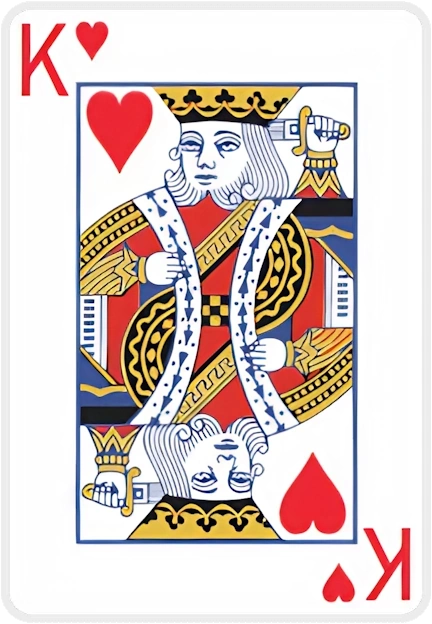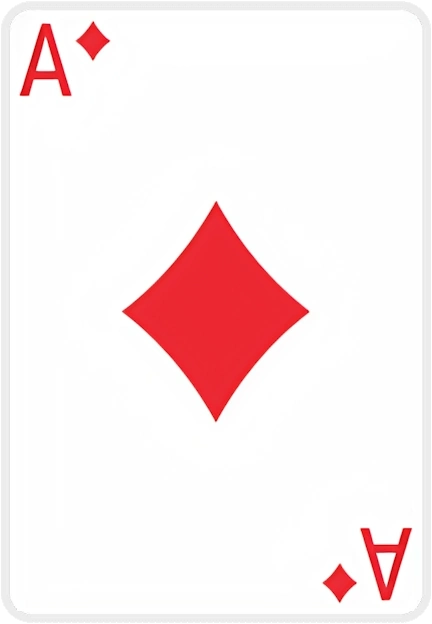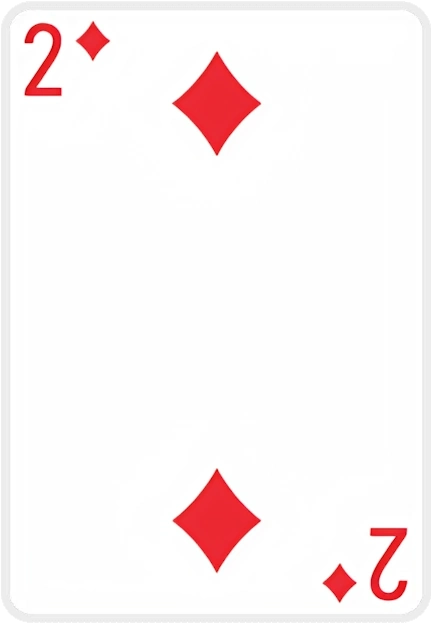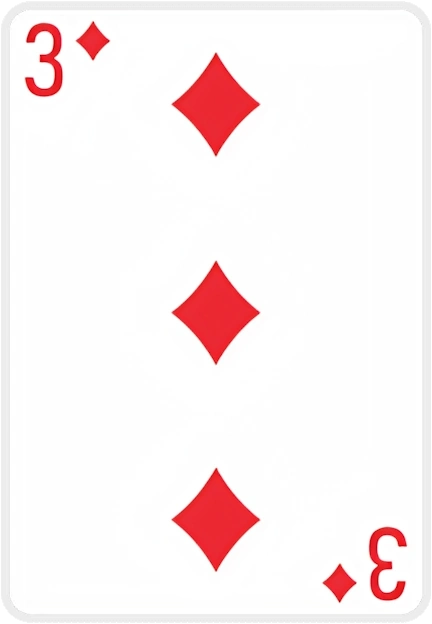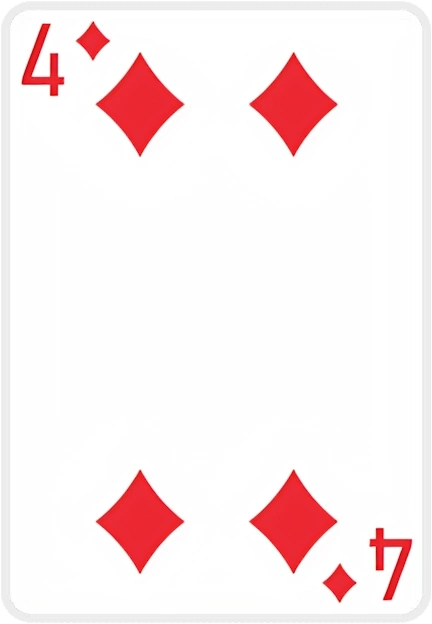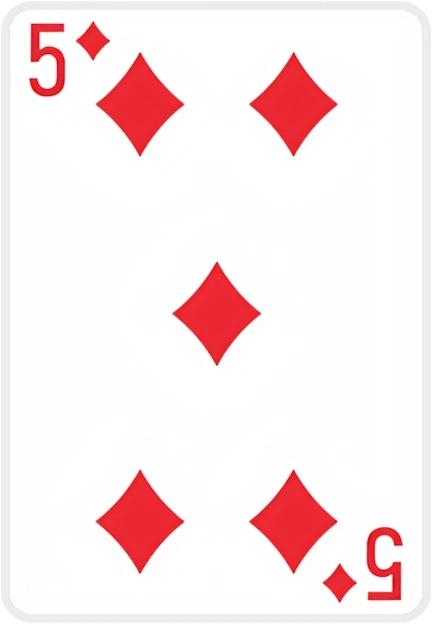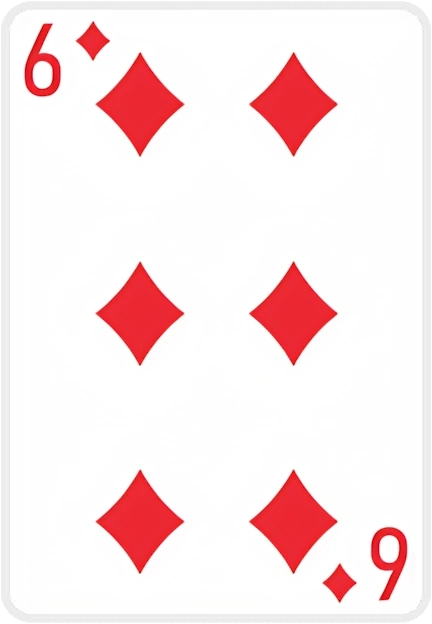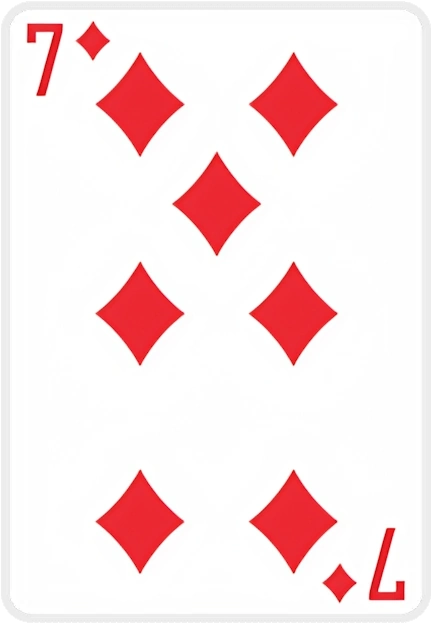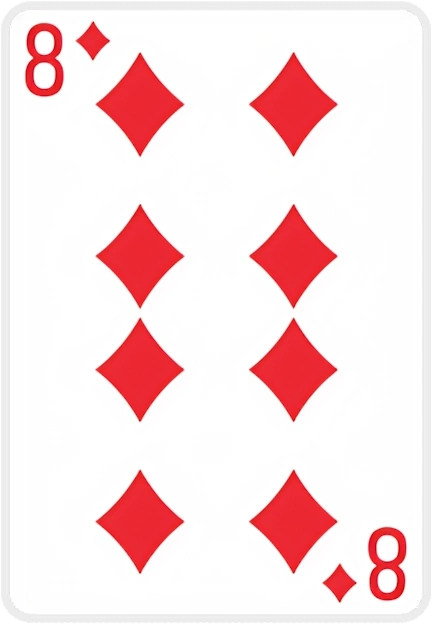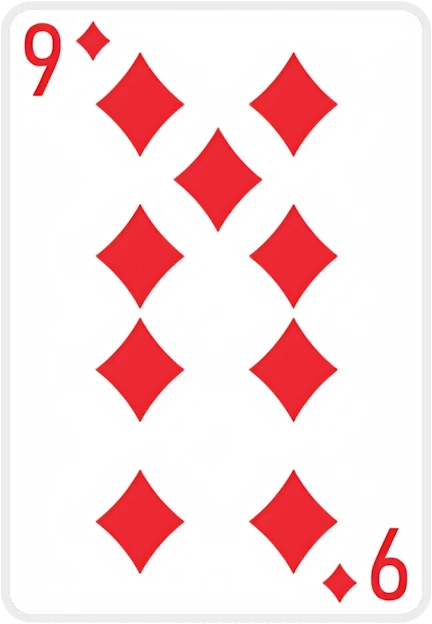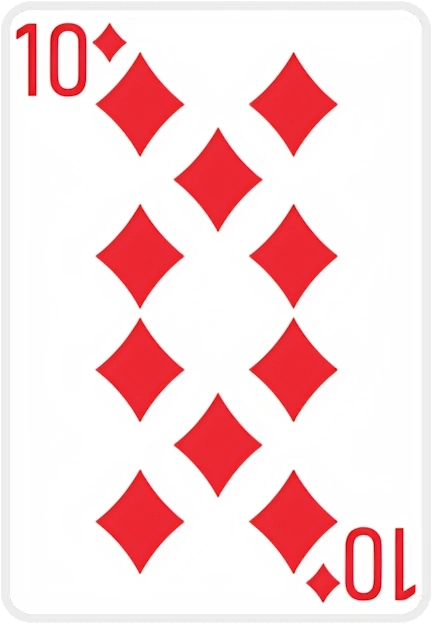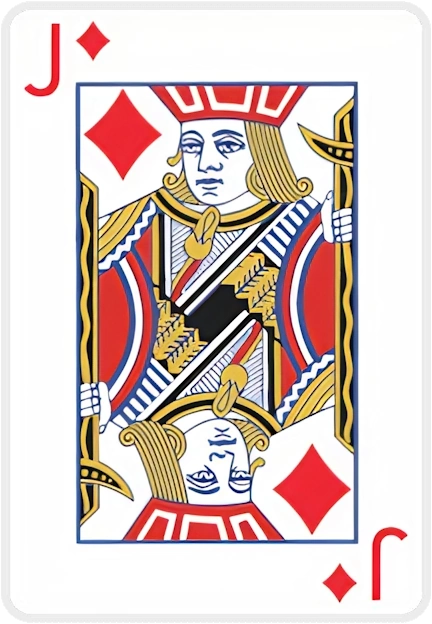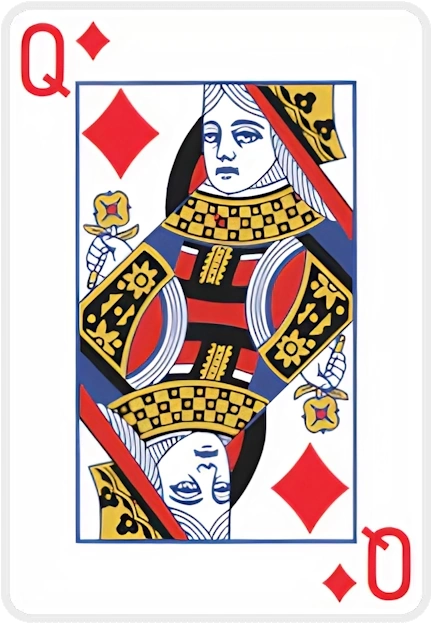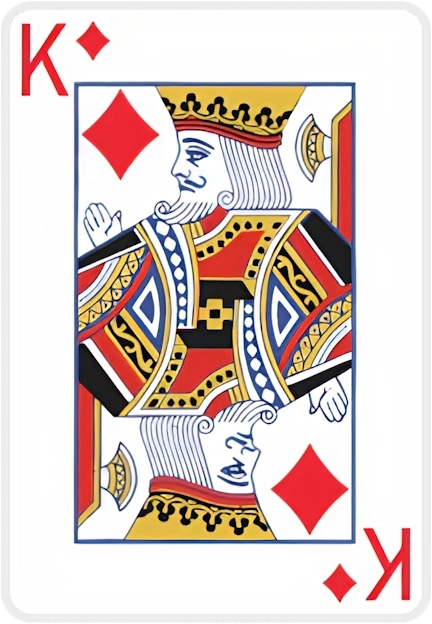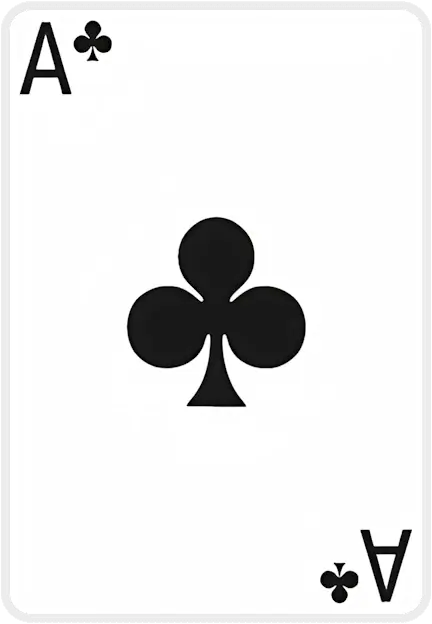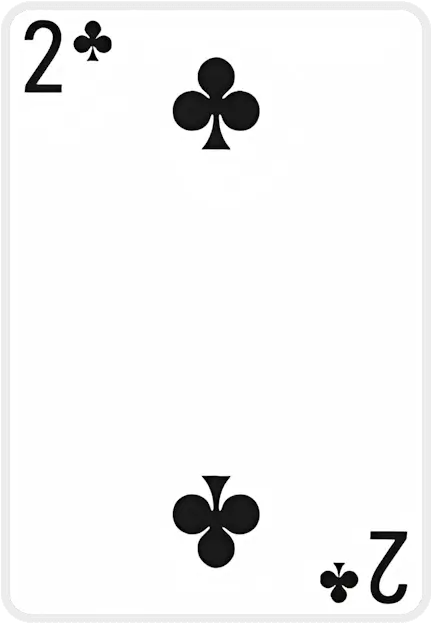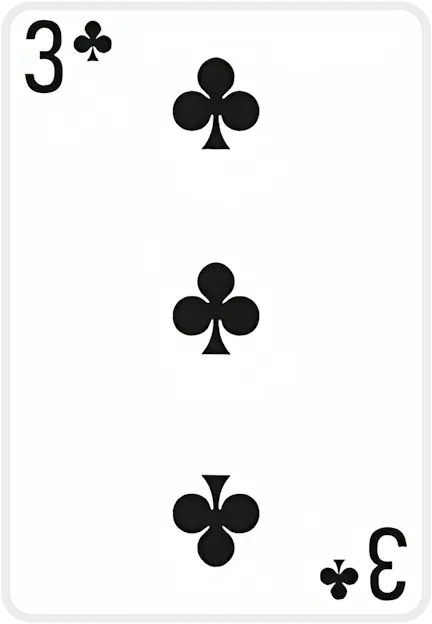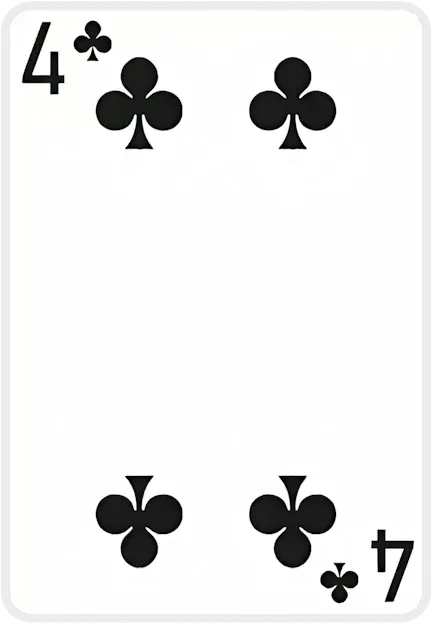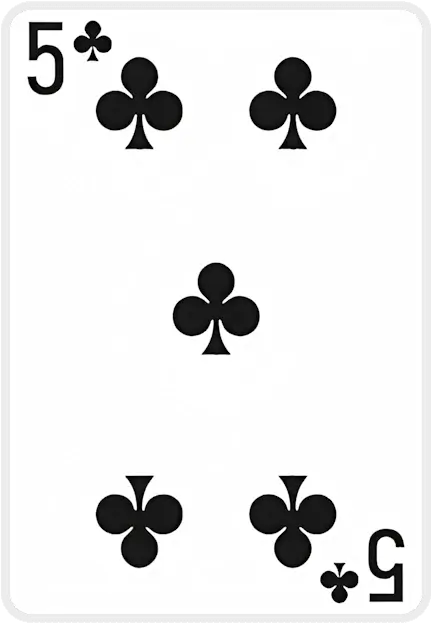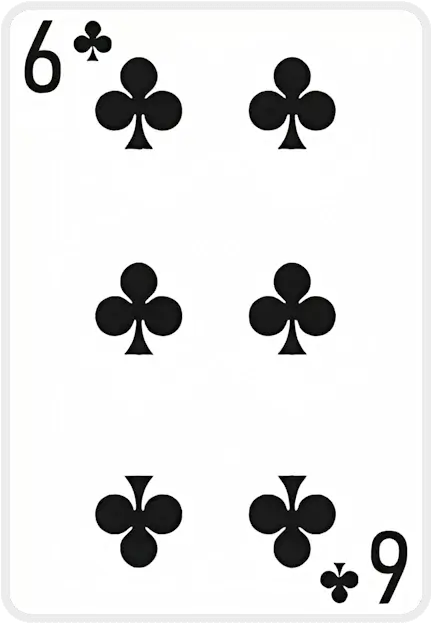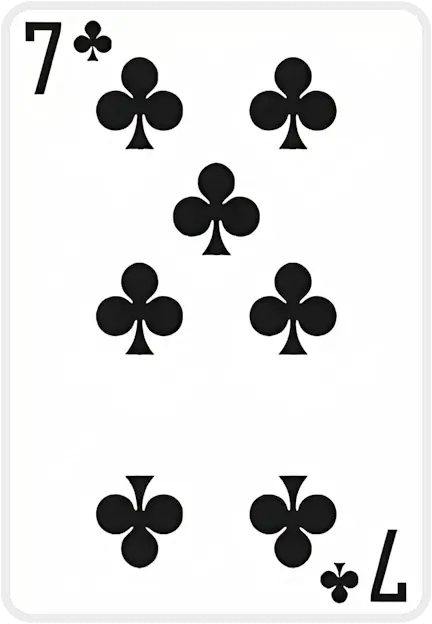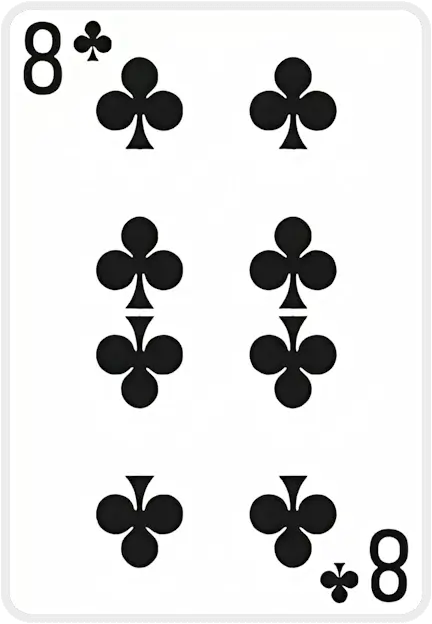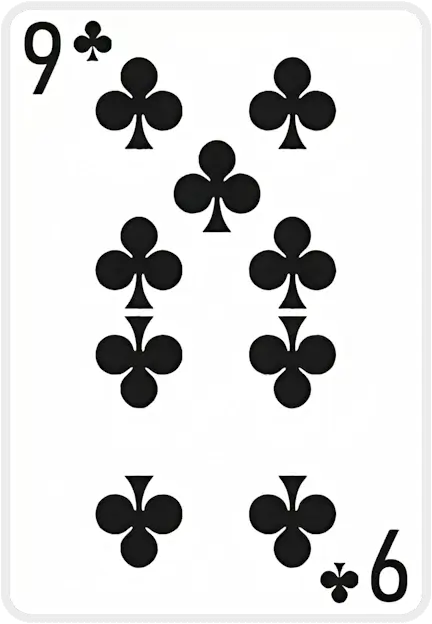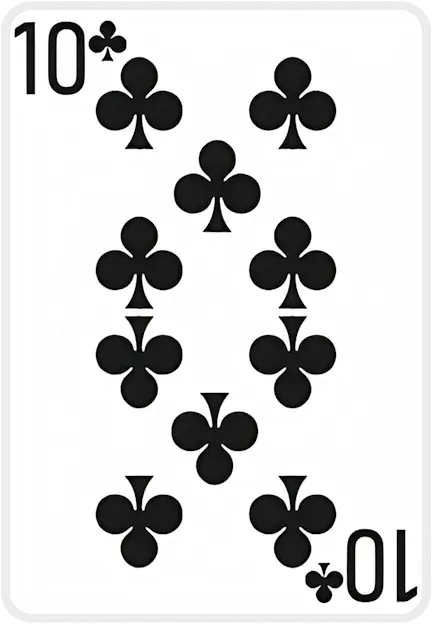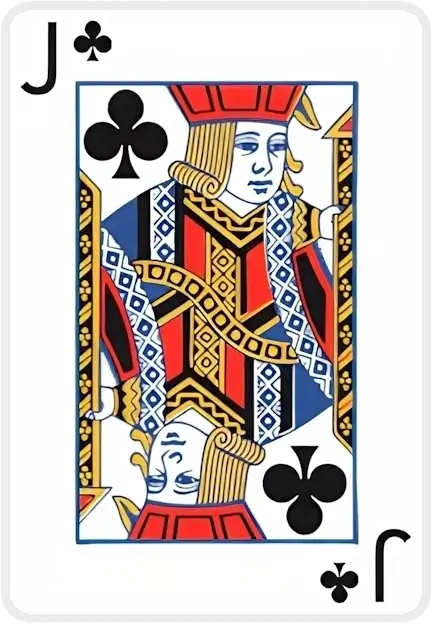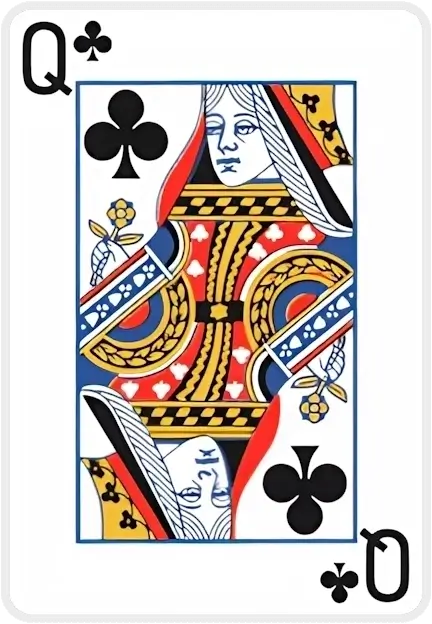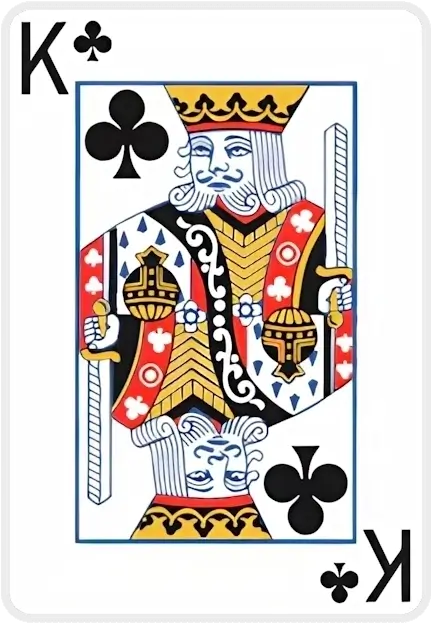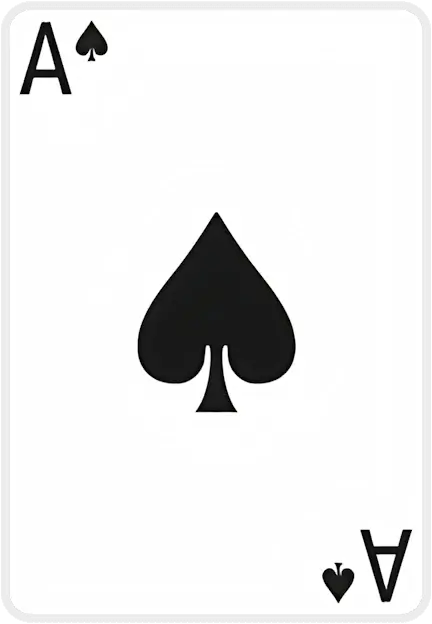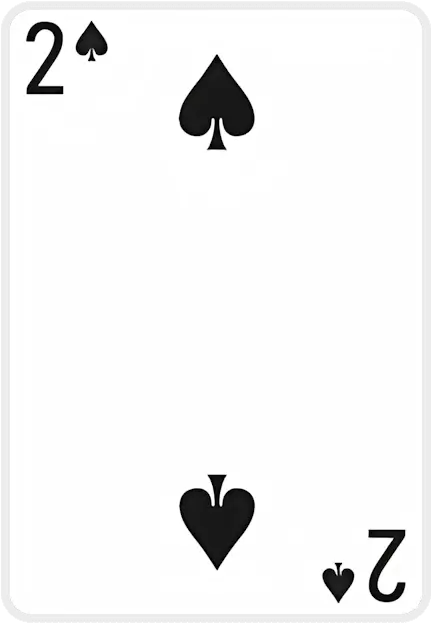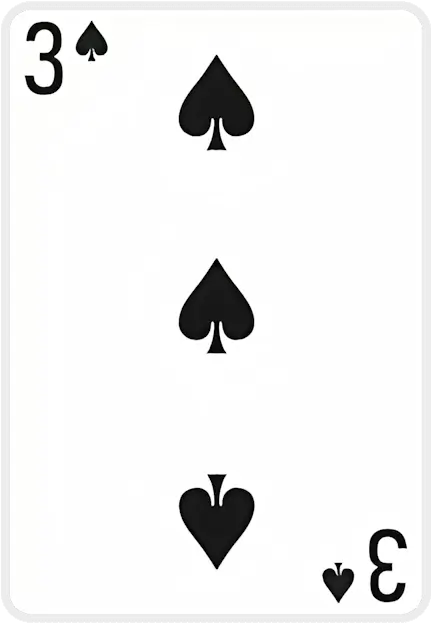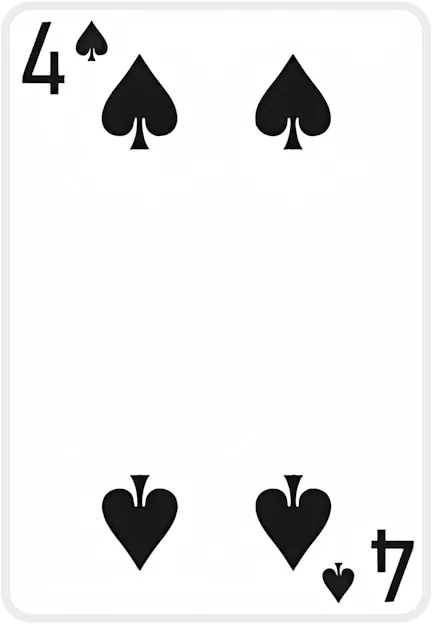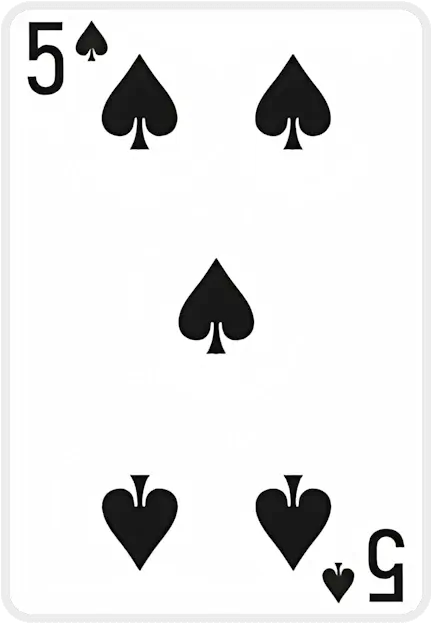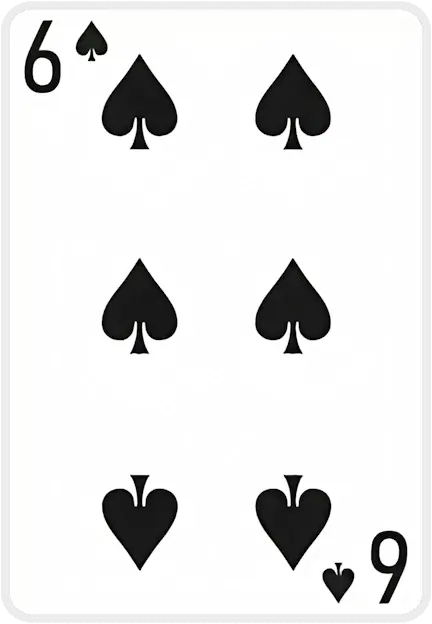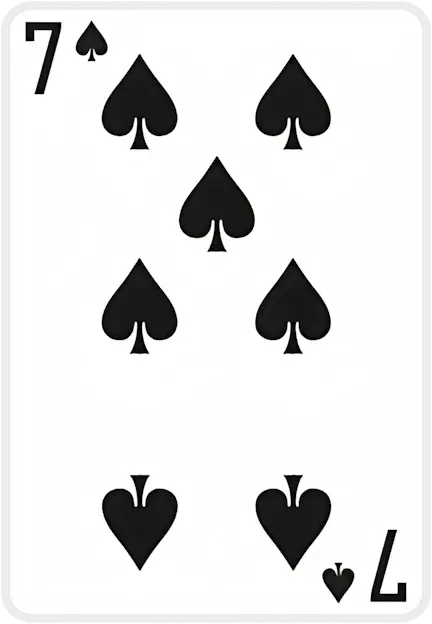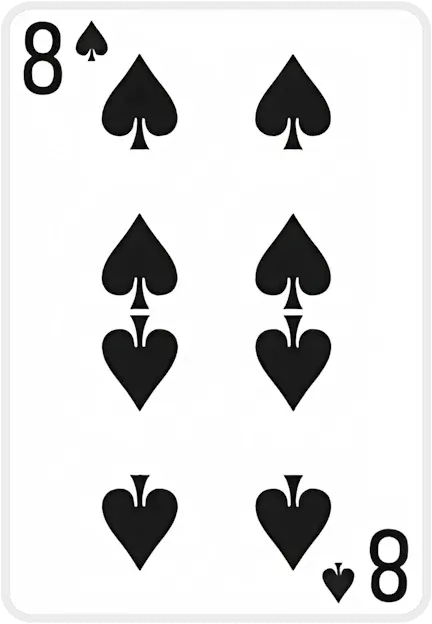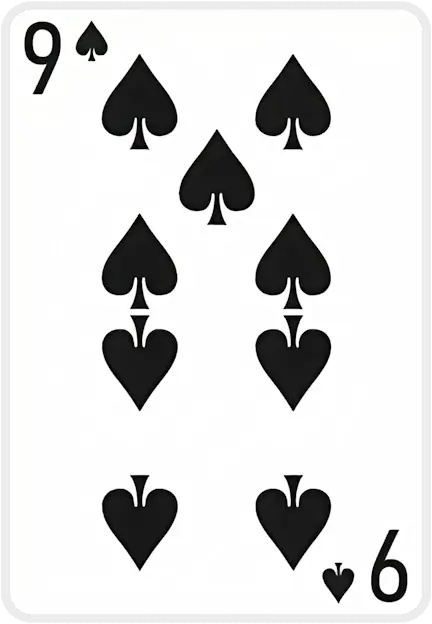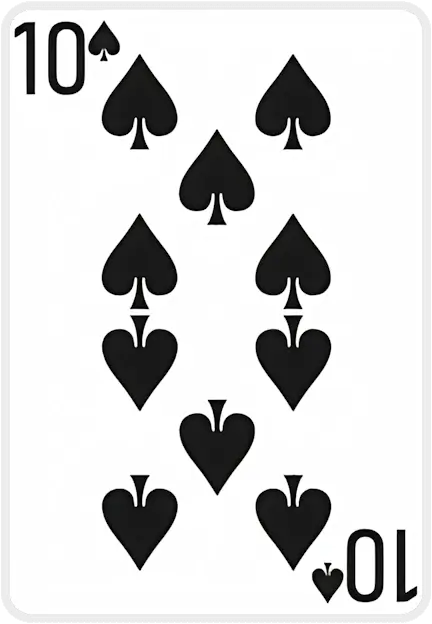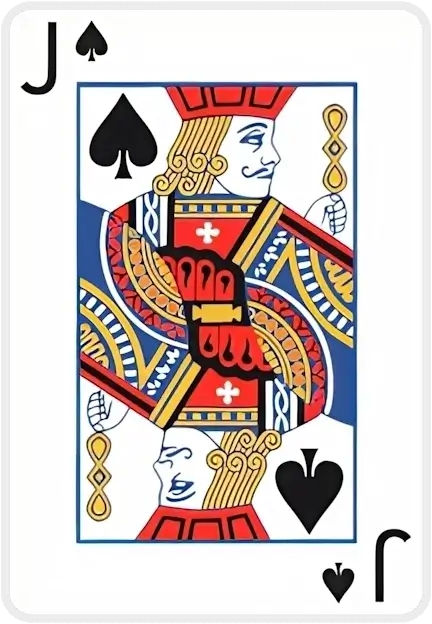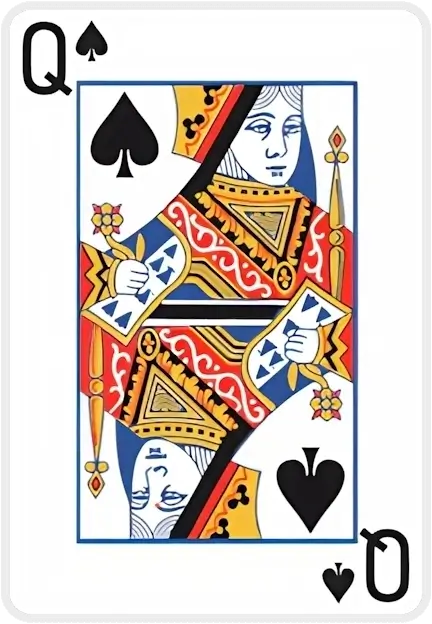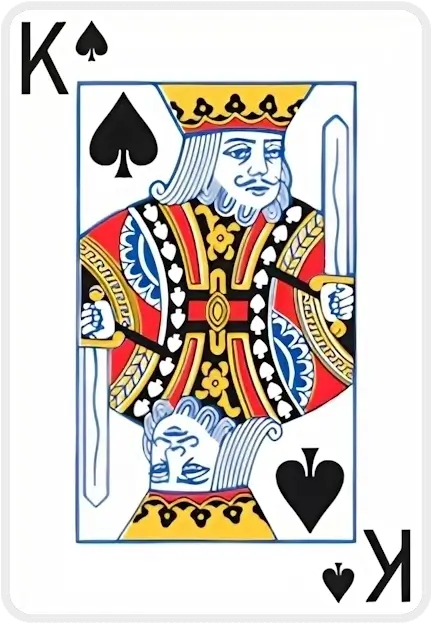Cannot drop, your card needs to be of an opposite suit colour
Cannot drop, your card needs to be one rank lower
Cannot move multiple cards to foundation
Card suit doesn't match foundation pile suit
Card can only be dropped on top of a card pile
Cannot deal cards when there are empty tableau piles
You can only move {0} card(s) at a time based on the current free cells and tableau
The cards don't add up to 13 and cannot be moved
The card is inaccessible and move cannot be performed
Cards must be in sequential order (one higher or lower)
Harp Solitaire

Harp Solitaire – A Symphony of Solitaire Fun 🎵🃏
Welcome to Harp Solitaire – a challenging and melodious twist on the classic solitaire game! This free online card game (playable at solitairex.io/harp-solitaire) uses two decks of cards and will strike a chord with players seeking a greater challenge. Prepare to test your strategy and patience in this harder variant of Klondike Solitaire, all while enjoying handy features like hints and autoplay on our site 😊. Whether you’re a seasoned solitaire maestro or a casual player, Harp Solitaire offers an engaging solo-card experience that’s as rewarding as a well-played harp tune!
How to Play Harp Solitaire
Illustration: The initial layout of Harp Solitaire with two decks. Note the 8 empty foundation slots along the top and 9 tableau columns increasing in size from left to right. The goal is to move all cards to the foundations (Ace to King by suit) using strategic moves and the limited stock deals.
Harp Solitaire follows rules similar to classic Klondike, but with a bigger layout and a few special restrictions. Here’s a step-by-step guide on the setup and gameplay tailored to this two-deck variation:
-
Setup & Objective: The game uses 104 cards (two standard decks). There are 8 foundation piles (since there are two of each suit) which start empty. Your goal is to build each foundation up in ascending order Ace through King in the same suit. Ultimately, you win by moving all cards onto these eight foundations.
-
Tableau Layout: The tableau consists of 9 columns. The first column is dealt 1 card, the second 2 cards, and so on up to 9 cards in the last column (for a total of 45 cards laid out). In each column, only the top card is face-up at the start; any cards beneath are face-down. You can think of this spread of 9 piles as a “fan” of cards – more strings to play on than the 7-column Klondike, making it look a bit like a harp’s broad range! 🎸 (Well, use your imagination 😉.)
-
Building on the Tableau: Similar to classic solitaire, you build downward in the tableau columns by alternate color. That means you can place a red card on a black card or vice versa, and the rank must be exactly one lower (e.g. a black 7 can only accept a red 6 beneath it). Only the top card of each pile can be moved at a time in Harp Solitaire, unlike easier Klondike games where you might move entire sequences. Exception: If you have an empty column, you’re allowed to move a group of cards headed by a King into that space as a unit. (In fact, only a King can fill an empty tableau spot – either a single King or a properly ordered descending sequence starting with a King.) This rule adds difficulty because you generally can’t relocate stacked sequences freely – you’ll need to plan more carefully!
-
Stock & Waste Pile: After setting up the tableau, the remaining 59 cards form the stock (the draw pile). In Harp Solitaire, click the stock to flip 1 card at a time onto the waste pile (also known as the talon). You can play the top waste card onto a foundation or a tableau pile if it fits the rules. If you reach the end of the stock and still have cards left unplayed, don’t worry – Harp Solitaire allows 3 re-deals of the stock. This means you can gather the waste pile back and flip through the deck up to three more times. (On solitairex.io, this gives you a total of 4 passes through the deck, since the initial deal plus 3 re-deals are allowed.) Keep an eye on that limit; part of Harp’s challenge is making the most of those few trips through the deck!
-
Moves and Strategy: Whenever an Ace appears, try to send it to a foundation pile immediately – foundations are built in suit from Ace upward to King. You can then place the 2 of that suit, 3, and so on. Within the tableau, expose face-down cards by moving the face-up ones to either another column or to the foundations whenever possible. Because only Kings can fill empty piles, it’s often wise to free up a King and an empty column early; this gives you space to maneuver other sequences. Use your stock flips wisely – each pass is limited, so try to play any card you flip if it’s useful, rather than waste your precious redeals. Remember, only one card moves at a time in Harp (aside from King-led sequences into empties), so you may frequently need to move cards stepwise through intermediate piles to get them where they need to go. It’s a bit like untangling a string puzzle – complex but satisfying when everything aligns!
-
Winning the Game: Gradually, you will build up all eight foundations to complete stacks of Ace through King. Since there are two decks, each suit will ultimately have two foundation piles (e.g. two piles from Ace of Hearts to King of Hearts, etc.). When all 104 cards are on the foundations, congratulations – you’ve won! 🎉 Given the difficulty, a win in Harp Solitaire is definitely something to be proud of. The reported win rates are fairly low (only around 8% to 20% of games are won on average), so don’t be discouraged by losses. Each game is an opportunity to improve your skill and strategy. Good luck, and enjoy the challenge!
History of Harp Solitaire 🎴
Harp Solitaire may not be as old as the classic one-deck Klondike, but it has an interesting origin in the world of solitaire games. This two-deck Klondike variant was first introduced by the prolific game authors Albert H. Morehead and Geoffrey Mott-Smith in the mid-20th century. Morehead and Mott-Smith were well-known for compiling and inventing many patience (solitaire) games, and Harp was one of their creations designed to offer a tougher puzzle for enthusiasts. In fact, in some early collections this same game was published under the name “Gargantua” – an apt name for a giant two-deck solitaire challenge. The rules of Harp/Gargantua set it apart from easy Klondike: originally only one card could be moved at a time and only a single redeal was allowed, making it a real monster of difficulty for players at the time.
Over time, Harp Solitaire evolved and inspired a few variations of its own. For instance, to cater to players who wanted a slightly less punishing experience, an “Easy Harp” (also known as “Endless Harp”) variant emerged with the same layout but unlimited stock redeals. By allowing infinite passes through the deck, Easy Harp gives you a better chance to win without changing any other rules – perfect if you love the Harp setup but want a more forgiving game. On the other end of the spectrum, creative solitaire designers have stretched the concept further – literally! The renowned solitaire developer Thomas Warfield even created Triple Harp, a three-deck version of Harp for an extra epic challenge. (Triple Harp features 12 foundation piles and a whopping 13 tableau columns – talk about supersizing the harp!). There are also related offshoots like “Big Harp” and “Harp Rush” mentioned in solitaire circles, each tweaking the rules on redeals or tableau moves to experiment with difficulty and fun.
Today, Harp Solitaire remains a beloved choice for players who have mastered the classic one-deck game and are looking for a new challenge. Its inclusion in modern collections and online platforms (like SolitaireX.io) is a testament to its enduring appeal. When you play Harp, you’re partaking in a solitaire tradition that traces back decades – a tradition of tackling a truly symphonic puzzle built on two decks, where every move counts. So the next time you win a game of Harp, give a little bow – you’ve completed a performance that Morehead and Mott-Smith themselves would applaud 👏!
Features & Extras on SolitaireX.io 🚀
One of the best parts of playing Harp Solitaire here on SolitaireX.io is that you get more than just the game itself. Our platform is packed with custom features to enhance your play experience and help you improve. Here are some highlights you’ll enjoy:
-
Hint Button: Stuck and not sure what move to make next? Just hit the Hint button for a gentle nudge in the right direction. The game will highlight an available move, which is super handy when you’re dealing with 9 columns and dozens of cards. Hints ensure you don’t overlook a possible play, keeping the game flowing. (We won’t tell if you use it – your secret’s safe! 🤫)
-
Autoplay Option: Toggle Autoplay to let the game assist you with obvious moves. Autoplay can automatically move cards to the foundation whenever it’s 100% safe to do so (for example, moving an Ace or low card up when nothing else is on top of it). This feature speeds up gameplay, especially toward the end of a match when most cards are revealed and it’s clear where they need to go. You remain in control – autoplay won’t solve the game for you from the start, but it will happily take care of the tedious final moves or clear away cards that have only one possible destination. It’s like having an assistant who handles the easy chores while you focus on the strategic stuff! ✅
-
Undo & Fair Play: Everyone makes mistakes – that’s why we provide unlimited Undo support. You can backtrack your moves to try a different strategy without penalty. This is great for learning: experiment with a move, and if it doesn’t work out, undo it and try something else. Harp Solitaire is largely skill-based, so analyzing and redoing moves is part of the fun. (No judgment here – even maestros rehearse before the final performance! 🎺) Note: Using undo might disable leaderboard tracking for that round to keep the competition fair, but it’s always available for practice games.
-
Player Statistics: When you register a free SolitaireX account, you get access to detailed stats tracking. The site keeps a record of your games, including wins/losses, win rate, best times, number of moves, and even win streaks. Over time, you can see how you’re improving. For example, you might notice your average time to win at Harp Solitaire getting better, or challenge yourself to beat your lowest move count. The statistics dashboard is your personal progress report – perfect for those who love to track their achievements and growth as a solitaire player.
-
Global Leaderboard: Feeling competitive? 🏆 Join our Leaderboard and see how you stack up against other Harp Solitaire players around the world! SolitaireX.io offers a global leaderboard where registered players can compete for top spots. Typically, the leaderboard might rank players based on criteria like fastest win times, fewest moves, or total wins. It adds an extra layer of excitement – you’re not just playing against the cards, but potentially racing the clock to set a personal record and climb the ranks. Check the Leaderboard section to see the current champions and don’t be afraid to try for a high score. Even if you don’t reach #1, comparing stats with others makes the solo game of solitaire feel a bit more like a community experience. Who knew Patience could be a competitive sport?
All these features are designed to make your time with Harp Solitaire as enjoyable and user-friendly as possible. The site’s hint, undo, autoplay, stats, and leaderboard functionality ensure that whether you want to relax and learn or push yourself to elite status, we’ve got you covered. “Track your progress – stats, win streaks & leaderboards” is one of our mottos, and we mean it. Plus, the interface is clean and responsive, with options to customize card designs, switch on a soothing dark mode, and more. So go ahead and take advantage of these tools – they’ll help you master Harp Solitaire and have a great time doing it!
Explore More Games on SolitaireX.io 🎮
Finished playing a round of Harp Solitaire and ready to try something new? Don’t stop the fun! SolitaireX.io offers a whole library of other free games and solitaire variations for you to explore. Head over to our Other Games section to discover a variety of solitaire puzzles beyond the usual classics. From intriguing card games like Simple Simon and Flower Garden, to unique challenges like Crescent or Clock Solitaire, you’ll find plenty of options to keep the excitement going. Each game comes with its own set of rules and quirks – who knows, you might just find your next favorite!
👉 Call to Action: Ready to broaden your solitaire horizons? Visit solitairex.io/free-games/other for a curated list of additional games and categories. Whether you want to try a Spider-type game, a quick Pyramid puzzle, or something entirely different, our site has you covered. With free unlimited play, helpful features, and new games added to the mix, there’s always another adventure waiting. Click the link, pick a game, and continue the fun – and may the cards be ever in your favor! 🎉
Sources & References: This Harp Solitaire guide was crafted with the help of solitaire experts and historical references. Rule details and game statistics were verified against known solitaire collections and online resources, including BVS Solitaire’s rule index and Solitaire Bliss/Online Solitaire descriptions. The origin of Harp Solitaire is attributed to Morehead & Mott-Smith’s mid-century solitaire compendium, and variations like Easy Harp and Triple Harp are documented in solitaire game databases. Features specific to SolitaireX.io (hints, autoplay, stats, etc.) are based on the platform’s own feature listings and user interface information. We hope you found this information useful – now shuffle up those two decks and enjoy Harp Solitaire! Happy gaming! 😊
Case Studies
All figures below come directly from our database. Using first-party data ensures every insight is evidence-based, up-to-date, and privacy-respectful.
| Game Tier | Stand-out Titles | Win Rate |
|---|---|---|
| Quick Wins | Spider (1 Suit), Hole-in-One, TriPeaks | 70–84% |
| Fair Challenges | Solitaire (Draw 1) – 913 k plays FreeCell, Golf |
45–63% |
| Expert-Level | Spider (4 Suits), Forty Thieves, Double Scorpion | ≤11% |
Curious which moves turn the odds in your favor? Explore all the data & strategies →
What people say about us
Interview with Beverley Walker-Daury
At 87, Beverley Walker-Daury shares how SolitaireX brings joy, companionship, and purpose to her days in a retirement home.
Player Interview: Poul Andersen
Poul Andersen shares how playing SolitaireX helps him keep his brain sharp and active.
Player Interview: Peter Gross
Peter Gross, 81, shares how SolitaireX became his go-to place for relaxing Freecell games and friendly competition.
Player Spotlight: St0Sh0’s Record-Breaking Runs on SolitaireX
We sit down with speed-solitaire sensation St0Sh0 to talk record times, favorite variants, and why SolitaireX is his go-to card-game hub.
Fresh from the SolitaireX Blog

Decks & Destinations: The Solitaire Traveler Series Part 5: Berlin — Strategy & Culture Walks
Berlin’s rhythm of reflection and structure pairs perfectly with Solitaire’s calm logic. This guide invites travelers to explore the city’s culture and canals with a few mindful moves between each stop.

Decks & Destinations: The Solitaire Traveler Series Part 4: Tokyo – Mindful Play in a Fast City
Tokyo’s fast pace hides countless moments of calm — perfect for a mindful round of Solitaire. This traveler’s guide pairs iconic spots with short, focused play sessions to restore clarity on the go.

Decks & Destinations: The Solitaire Traveler Series Part 3: Seattle — The PC-Era Vibe
Seattle’s rain-washed calm pairs perfectly with Solitaire’s quiet focus. This traveler’s guide shows how to blend sightseeing, coffee breaks, and short, finite puzzles into a mindful PC-era rhythm.

Decks & Destinations: The Solitaire Traveler Series Part 2: London – From “Patience” to Presence
London’s slower moments pair perfectly with Solitaire—once known locally as “Patience.” This traveler’s guide blends calm city rhythms with mindful card play to help you recharge between adventures.
Latest guides crafted by Stoyan Shopov and Kalin Nikolov
Golf Solitaire Mastery: Strategy, Stats & Flow
Deal 7 columns of 5 face‑up cards (35 total). The remaining 17 cards*form the stock; flip the first stock card to start the waste. You may move only exposed tableau cards, and only if the rank is exactly one higher or lower than the waste top. Suits don’t matter. When no move exists, flip a new waste card. Clear all tableau cards to win.
TriPeaks Solitaire Mastery: Strategy & Analytics
Two peaks are dust; one stubborn ridge remains. Your waste shows a 9. The tableau flashes 10‑J‑10‑9‑8 like a heartbeat. You nudge the 10, feel the cadence lock in, and—without overthinking—trace a neat descent that crumbles the last peak. That tiny spark of *flow* is why TriPeaks hooks serious players: rhythm, restraint, and the rush of a run that arrives exactly on time.
Pyramid Solitaire Mastery: Strategy, Stats & Joy
Picture the pyramid down to its last stubborn tier: a Queen pinned beneath a ridge, a lone Ace on the waste, and a King begging to be burned for tempo. Heartbeat, breath, click—then the whole structure yields in a rush. If you’ve hit that razor‑edge finale, you already know Pyramid’s secret: small decisions, made in the right order, change everything.
FreeCell Solitaire Mastery: Strategy & Analytics Guide
I have a 15 years personal, lived experience—picture a scene built from thousands of session logs and notes from serious players: It’s late, and the board looks jammed. You clear a single column, free one cell, and suddenly a 9♣‑8♦‑7♣‑6♦ chain glides into place, untying the knot you stared at for ten minutes. The rush isn’t luck—it’s the quiet pleasure of a plan snapping into focus. When did FreeCell last feel less like “killing time” and more like practicing a craft you can actually master?
Media About Us
0

